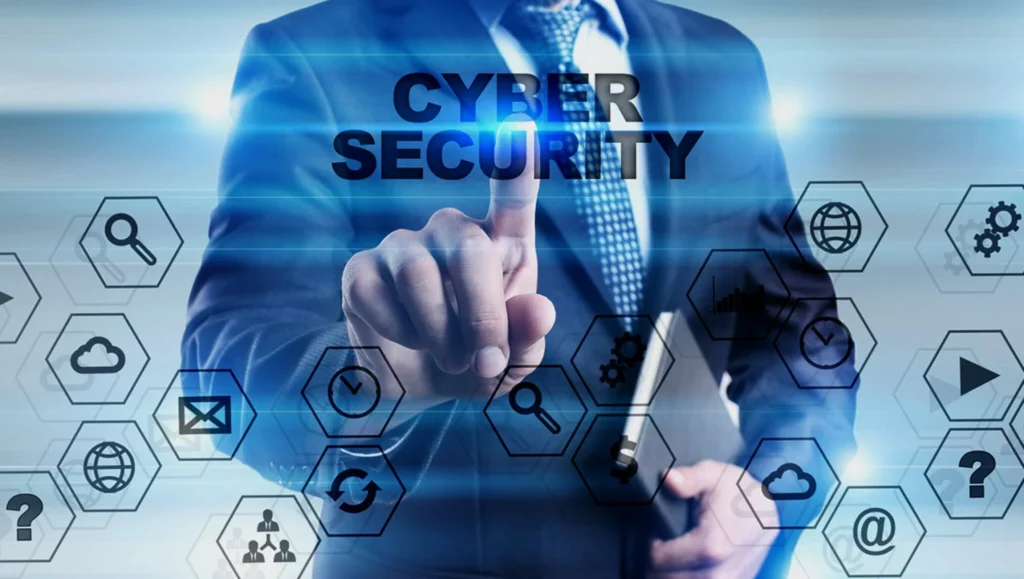In today’s digital age, Cybersecurity Best Practices for Businesses are essential to protect sensitive data and prevent cyber attacks. Implementing strong password policies, utilizing encryption for data transmission, and regularly updating security software are some of the key practices to ensure the safety of business information. Additionally, conducting regular security audits and employee training on cybersecurity protocols are crucial for maintaining a secure business environment. By following Cybersecurity Best Practices for Businesses, companies can mitigate the risks of cyber threats and safeguard their valuable assets.
As businesses continue to rely on digital platforms for their operations, the need for Cybersecurity Best Practices has become increasingly important. With the rise of remote work, the use of virtual private networks (VPNs) and multi-factor authentication (MFA) has become essential for securing remote access to company networks. Moreover, implementing a robust incident response plan and regularly backing up data are crucial components of a comprehensive cybersecurity strategy. By staying informed about the latest cyber threats and continuously adapting security measures, businesses can stay one step ahead of potential attacks and protect their sensitive information.
Cybersecurity Threats Faced by Businesses
Businesses today face a wide range of cybersecurity threats that can have serious implications for their operations, finances, and reputation. These threats include malware, ransomware, phishing attacks, DDoS attacks, insider threats, and more. Malware can infect a business’s systems and steal sensitive data, while ransomware can encrypt important files and demand a ransom for their release. Phishing attacks involve tricking employees into revealing sensitive information, while DDoS attacks can disrupt a business’s online services. Insider threats, whether intentional or accidental, can also pose a significant risk to a business’s cybersecurity.
The Importance of Strong Password Management
One of the foundational elements of cybersecurity for businesses is strong password management. Employees should be trained to create complex passwords that are difficult to guess, and to use unique passwords for each account. Implementing multi-factor authentication can add an extra layer of security by requiring a second form of verification, such as a code sent to a mobile device. Regularly updating and changing passwords, especially for privileged accounts, is also crucial for maintaining strong cybersecurity defenses.
Employee Training and Awareness
Employees are often the first line of defense against cybersecurity threats, so it’s essential for businesses to provide comprehensive training and awareness programs. This can include educating employees about the latest phishing tactics, the importance of not clicking on suspicious links or downloading unknown attachments, and the potential risks of using personal devices for work purposes. By fostering a culture of cybersecurity awareness, businesses can significantly reduce the likelihood of successful cyber attacks.
Secure Network Infrastructure
Securing the network infrastructure is critical for protecting business data and systems from cyber threats. This involves implementing firewalls, intrusion detection and prevention systems, and regular network monitoring to identify and respond to any suspicious activity. Network segmentation can also help limit the impact of a potential breach by isolating sensitive data and systems from the rest of the network. Encrypting data in transit and at rest adds another layer of protection against unauthorized access.
Regular Software Updates and Patch Management
Keeping all software and systems up to date with the latest security patches is essential for mitigating the risk of cyber attacks. Hackers often exploit known vulnerabilities in outdated software, so businesses should establish a robust patch management process to ensure that all systems are promptly updated. This includes not only operating systems and critical business applications, but also firmware and any other software components that could be targeted by cybercriminals.
Data Backup and Recovery Planning
In the event of a successful cyber attack, having a comprehensive data backup and recovery plan is crucial for minimizing the impact and downtime. Regularly backing up critical business data to secure offsite locations or cloud storage ensures that data can be restored in the event of a ransomware attack or data loss. Businesses should regularly test their backup and recovery processes to verify that they are effective and can be relied upon in an emergency.
Incident Response and Contingency Planning
Despite the best preventive efforts, businesses should also have a well-defined incident response plan in place to effectively respond to and recover from a cyber attack. This can include establishing a dedicated incident response team, clearly defining roles and responsibilities, and conducting regular training exercises to simulate different cyber attack scenarios. Additionally, having a contingency plan for maintaining essential business operations during a cybersecurity incident is essential for minimizing disruption and financial impact.
Third-Party Risk Management
Many businesses rely on third-party vendors and service providers for various aspects of their operations, which can introduce additional cybersecurity risks. It’s important for businesses to assess and manage the cybersecurity posture of their third-party partners, including conducting due diligence on their security practices and ensuring that they adhere to industry standards and regulations. Contracts and service level agreements should also clearly define the cybersecurity responsibilities of third-party vendors and establish protocols for incident response and data protection.
| Best Practice | Description |
|---|---|
| Employee Training | Provide regular cybersecurity training to employees to raise awareness and educate them on best practices. |
| Strong Passwords | Enforce the use of complex passwords and implement multi-factor authentication to enhance security. |
| Regular Updates | Keep software, operating systems, and security systems up to date to protect against known vulnerabilities. |
| Backup Data | Regularly back up important data and ensure that backups are stored securely and are easily accessible in case of an incident. |
| Network Security | Implement firewalls, encryption, and secure Wi-Fi networks to protect against unauthorized access. |
Cybersecurity best practices are essential for businesses to protect their sensitive information, maintain customer trust, and avoid financial losses. By implementing measures such as employee training, strong passwords, regular updates, data backup, and network security, businesses can reduce the risk of cyber attacks and ensure the security of their digital assets.



